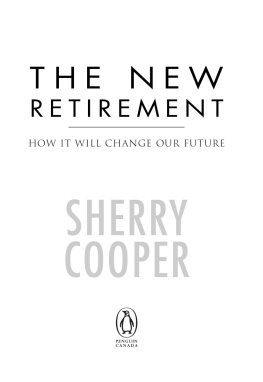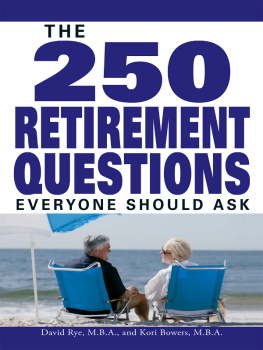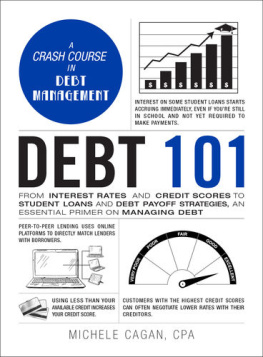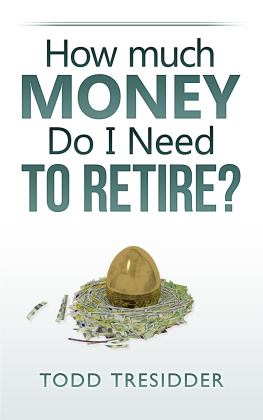FACULTY RETIREMENT

FACULTY RETIREMENT
Best Practices for Navigating the Transition
EDITED BY
Claire A. Van Ummersen,
Jean M. McLaughlin, and
Lauren J. Duranleau
Foreword by Lotte Bailyn


Chapter 12, Collaborations With the Community,
COPYRIGHT 2014 BY GEORGE
MASON UNIVERSITY
Chapter 14, Retirement at the Frontier: Challenges and Benefits of Being in State Systems, COPYRIGHT 2014 BY MAUREEN STANTON AND THE REGENTS OF THE UNIVERSITY OF CALIFORNIA
Chapter 16, University of Washington Retirement
Transition Options for Tenured Faculty, COPYRIGHT
2014 BY CHERYL A. CAMERON AND RHONDA FORMAN
All Other Chapters and Compilation COPYRIGHT 2014 BY STYLUS PUBLISHING, LLC
Published by Stylus Publishing, LLC
22883 Quicksilver Drive
Sterling, Virginia 20166-2102
All rights reserved. No part of this book may be reprinted or reproduced in any form or by any electronic, mechanical, or other means, now known or hereafter invented, including photocopying, recording, and information storage and retrieval, without permission in writing from the publisher.
Library of Congress Cataloging-in-Publication Data
Faculty retirement : best practices for navigating the transition / edited by Claire Van Ummersen, Jean McLaughlin, and Lauren Duranleau.
pages cm
Includes bibliographical references and index.
ISBN 978-1-62036-191-7 (cloth : alk. paper)
ISBN 978-1-62036-192-4 (pbk. : alk. paper)
ISBN 978-1-62036-193-1 (library networkable e-edition) (print)
ISBN 978-1-62036-194-8 (consumer e-edition)
1. College teachersRetirementUnited States. 2. Universities and collegesFacultyRetirementUnited States.
I. Van Ummersen, Claire
LB2334.F34 2014
378.12dc23
2013040902
13-digit ISBN: 978-1-62036-191-7 (cloth)
13-digit ISBN: 978-1-62036-192-4 (paperback)
13-digit ISBN: 978-1-62036-193-1 (library networkable e-edition)
13-digit ISBN: 978-1-62036-194-8 (consumer e-edition)
Printed in the United States of America.
All first editions printed on acid-free paper that meets the American National Standards Institute Z39-48 Standard.
Bulk Purchases
Quantity discounts are available for use in workshops and for staff development.
Call 1-800-232-0223
First Edition, 2014
10 9 8 7 6 5 4 3 2 1
This book is dedicated to Dr. Claire Van Ummersen, whose vision for this work has been the driving force for over a decade.
CONTENTS
Lotte Bailyn, MIT Sloan School of Management
Kathleen Christensen, Working Longer Program, Alfred P. Sloan Foundation
Lauren J. Duranleau, American Dental Education Association, and Jean M. McLaughlin, American Council on Education
Lauren J. Duranleau, American Dental Education Association, and Jean M. McLaughlin, American Council on Education
3 BEYOND THE HORIZON
Helping Faculty Navigate the Retirement Transition in a Small Liberal Arts Setting
Samantha Roy and Andrea Chapdelaine, Albright College
4 UNDERSTANDING RETIREMENT FROM A DEVELOPMENTAL PERSPECTIVE
The Case of Mount Holyoke College
Caroline S. Clauss-Ehlers, Rutgers, The State University of New Jersey, and Lynn Pasquerella, Mount Holyoke College
5 WORKING IN COMMUNITY
Flexible Programming to Support Fulfilling Postretirement Careers
Nathan D. Grawe, Carleton College
6 PLANNING A GRACEFUL EXIT TO RETIREMENT AND BEYOND
The San Jos State University Way
Amy Strage and Joan Merdinger, San Jos State University
Janette C. Brown, University of Southern California
Vicki LaFarge and Patricia Foster, Bentley University
Terence E. Diggory and Susan A. Kress, Skidmore College
Mary Lefkowitz and Kathryn L. Lynch, Wellesley College
Laura Koppes Bryan, Margarita M. Cardona, and Dennis Pitta, University of Baltimore, and Beverly Schneller, Belmont University
Katherine Haldeman, George Mason University
Mary Kochlefl, Xavier University
14 RETIREMENT AT THE FRONTIER
Challenges and Benefits of Being in State Systems
Binnie Singh and Maureen L. Stanton, University of CaliforniaDavis
Sue Barnes and Janette C. Brown, Association of Retirement Organizations in Higher Education
Cheryl A. Cameron and Rhonda Forman, University of Washington
Joan Girgus and Sandra Johnson, Princeton University
18 RETIREMENT PROGRAMS AND PLANS AT GEORGIA TECH
Spotlight on a Technological University
Rosario A. Gerhardt, Georgia Institute of Technology
19 WHAT LEADERS MUST DO
Ensuring Smooth Faculty Retirement Transitions
Claire A. Van Ummersen, American Council on Education
FOREWORD
The academic career has many wonderful characteristics. Its a career in which what a person is most interested in, what he or she has worked hard to master, provides a living wageand when professors make it, they have a job for life. The academic career also permits a fair amount of control over time, over where and when work is done. At the same time it makes many demands. There is the initial hurdle of getting to tenure, which coincides with the years of family formation. And after that there are the multiple demands of teaching and mentoring students, researching and publishing, serving the university, mentoring junior colleagues, and serving the profession. And through it all is the pressure to establish and maintain a professional reputation. All aspects of the academic career require the full engagement of practitioners.
And that makes retirement a complicated topic indeed. Faculty simply arent eagerly awaiting retirement. The full engagement their occupation demands makes it likely that not many avocational or nonprofessional pursuits will be readily available to retireesthey have hardly had the time or energy to establish them. And now the timing of retirement has officially been made voluntary, a freedom that may or may not be a blessing.
For institutions of higher education, voluntary retirement is a problem. On the one hand, these institutions need to replenish themselves, and that means their older employees need to retire. But many faculty hang on well into their seventies, even their eighties, and create for themselves and their institutions complicated dilemmas. On the other hand, there is a phasing problem: mass retirements can decimate a department and create the need for mass hirings, which guarantee another crisis some 40 years hence. Occasional lucrative incentive plans deal with the first issue but may create the problems of the second. Also, different kinds of institutions and different disciplines may be particularly subject to one problem or the other.
So, what to do to ease these dilemmas? The examples in this book provide many useful suggestions for the period leading to retirement, the transition period, and retirement itself. One might say that the retirement dilemma could be eased from the beginning of the academic career, by decreasing pressure and demands at all stages from hiring to tenure and beyond and perhaps even by actively encouraging outside interests. Indeed, research has shown that time-outs and alternative activities boost creativity, which may actually be hampered by overwork. Some of the institutions represented here do start discussions about retirement early; they talk with faculty not only about financial planning but also about making nonwork interests part of their ongoing activities. All institutions should seriously consider implementing such discussions.
Next page










